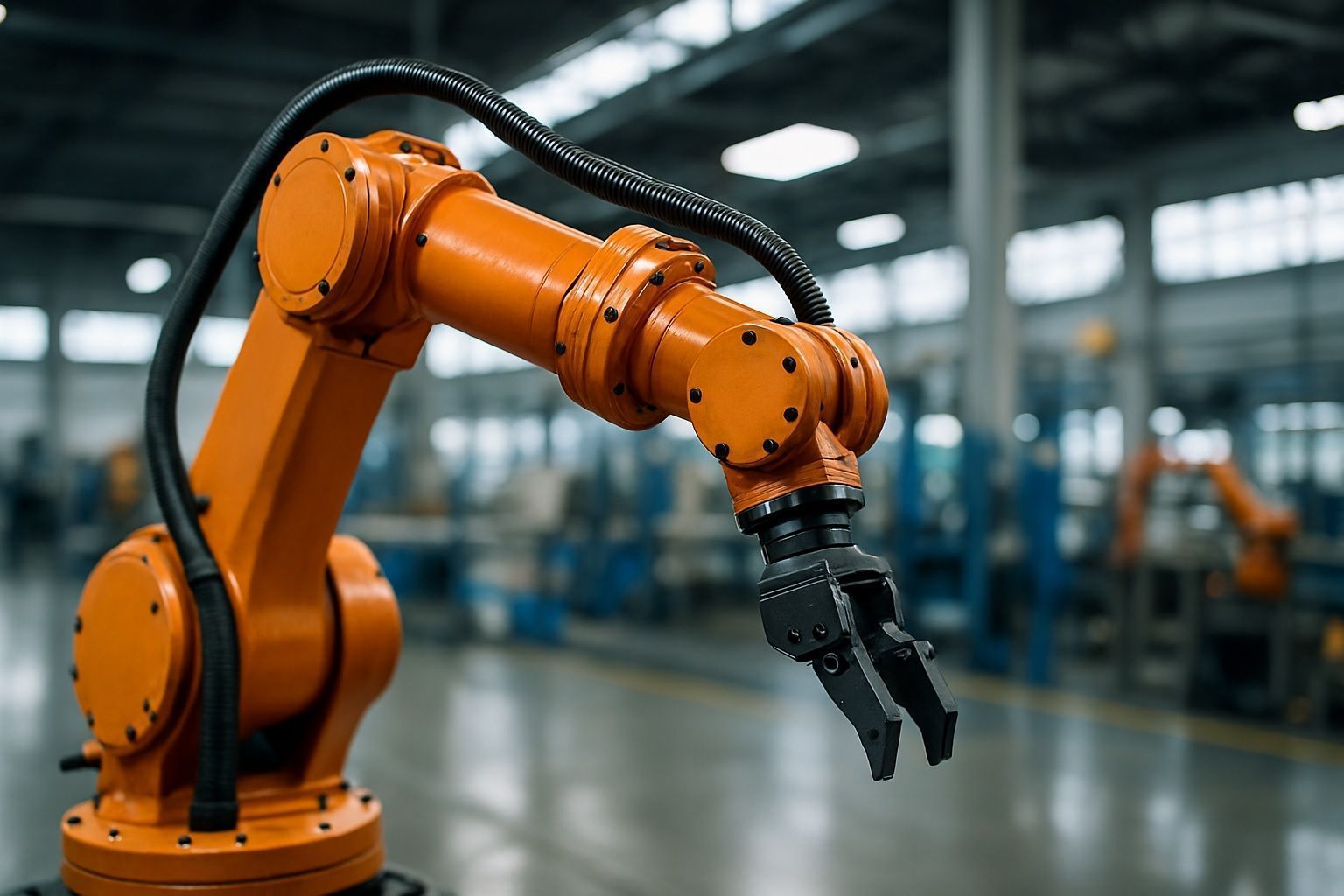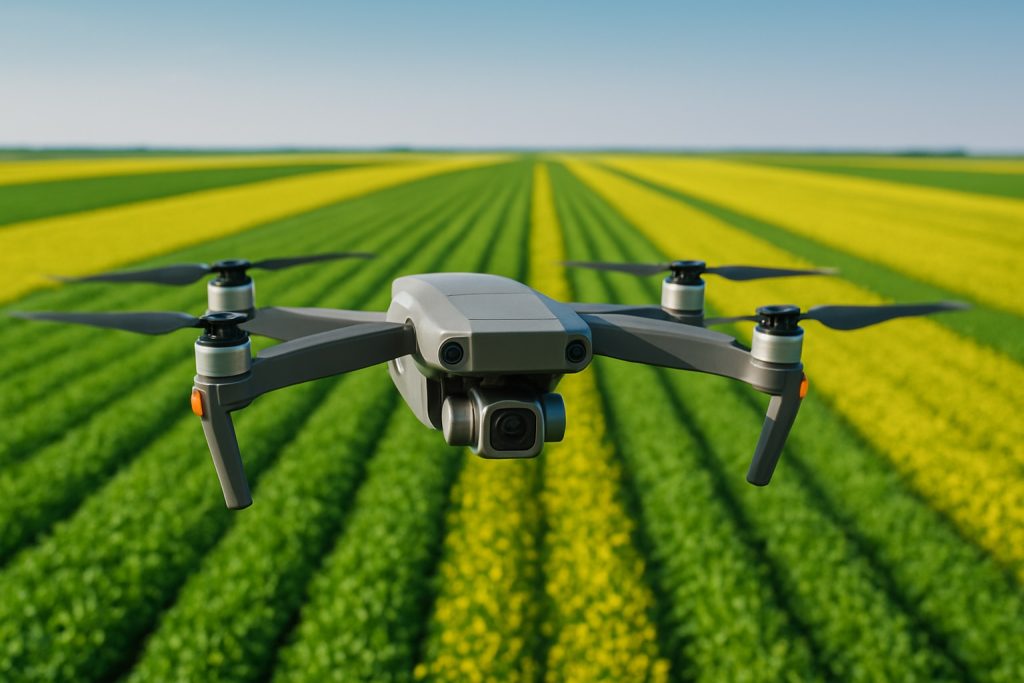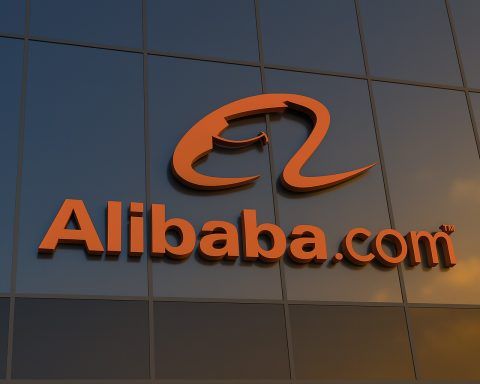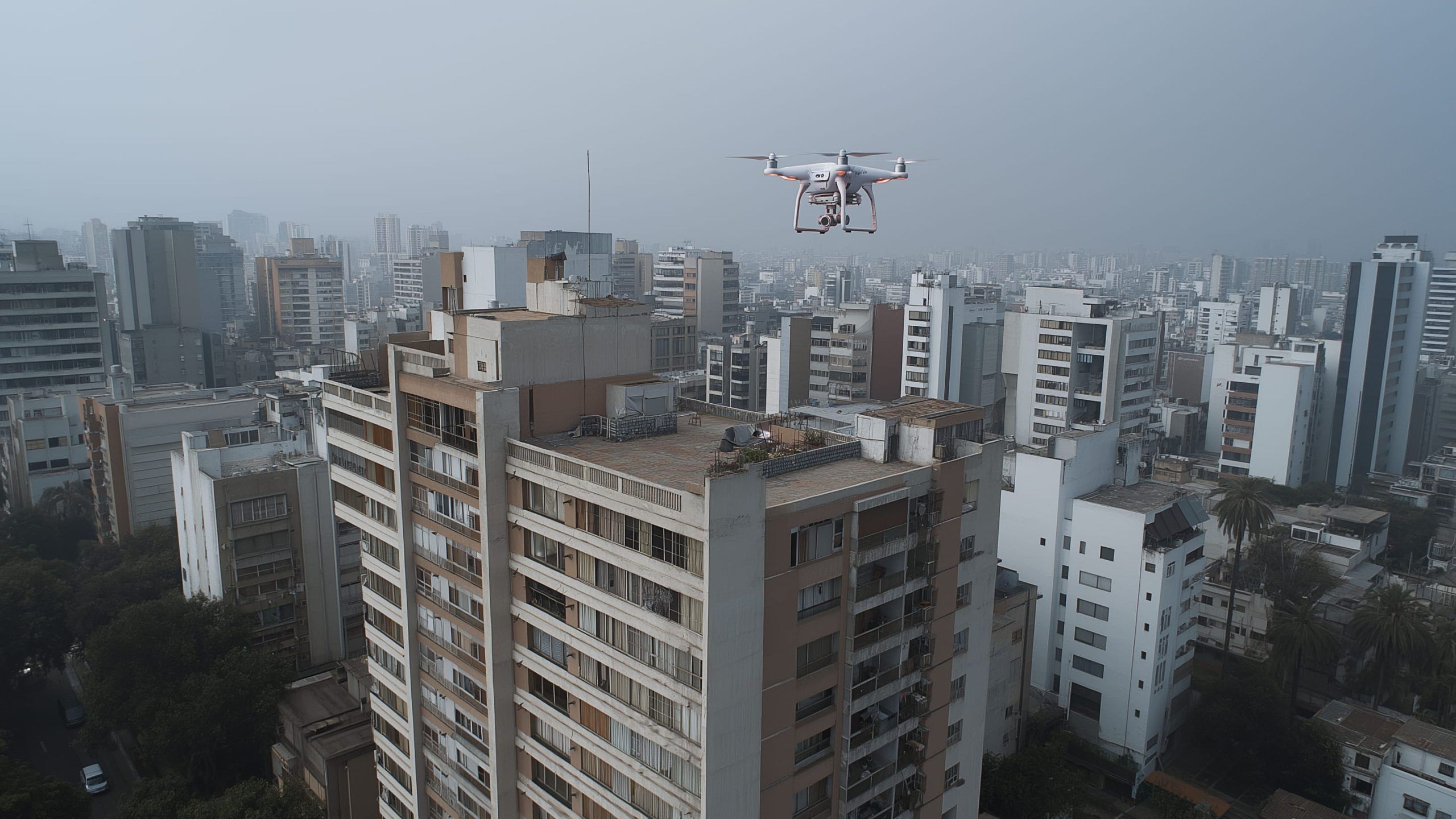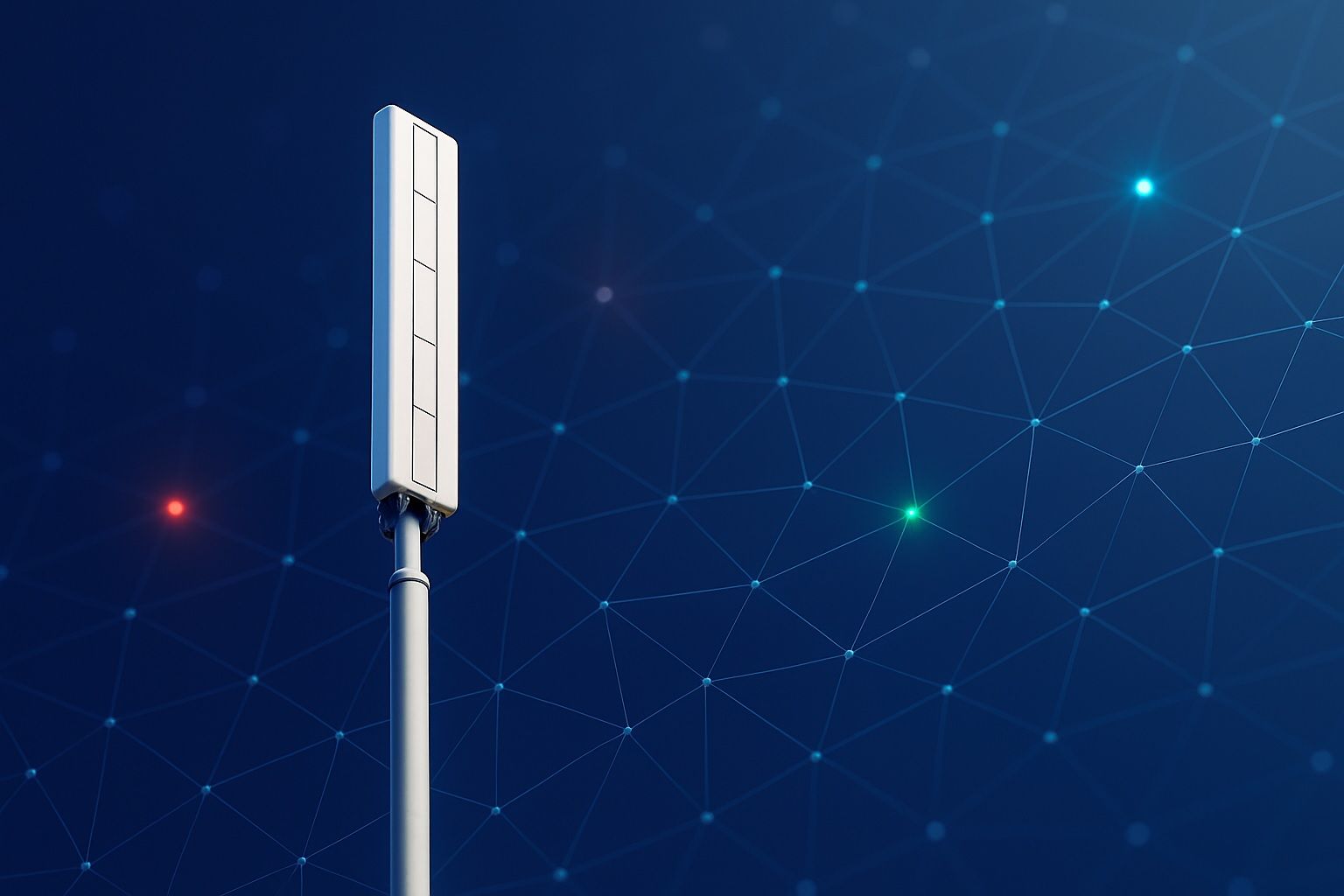- Gartner’s 2025 Magic Quadrant for RPA, released in late June 2025, again names Automation Anywhere, Microsoft, SS&C Blue Prism, and UiPath as Leaders for the seventh consecutive year.
- Gartner warned about ‘agent washing’ and projected that by 2027 more than 40% of agentic AI projects could be canceled due to unclear ROI.
- UiPath announced a mid-June 2025 launch of a next-generation Agentic Automation Platform in Australia, unifying AI agents, RPA bots, and human workflows and introducing UiPath Maestro as the orchestration layer with a Google Cloud Agent-to-Agent protocol for secure AI-agent communication.
- UiPath reported thousands of AI agents created and more than 75,000 agent run executions, with 450+ partners trained in these capabilities.
- Automation Anywhere unveiled pre-built Agentic Solutions on June 18, 2025 for domains including accounts payable, customer support, banking, and healthcare, with HIPAA, SOC 2, and KYC governance and data masking plus audit trails.
- UiPath–Deloitte announced a July 2025 partnership to apply agentic AI automation to ERP migrations, with a Customer Zero showing 85% of critical finance workflows unattended and delivery speed improved by 10%.
- UiPath’s Agentic Automation Fast Track program expanded, with FWF by AROBS named Fast Track Partner as of July 1, 2025, alongside ties to Accenture, Deloitte, and IBM.
- Deloitte’s global RPA survey found 78% of companies had already implemented or planned to implement RPA, underscoring automation as a driver of agility and digital transformation.
- Market forecasts estimate the 2024 RPA software market at about $3.8 billion with an 18% YoY rise, and a path to roughly $7.9 billion by 2030 (about 11.7% CAGR).
- Gartner’s mid-2025 analysis identifies three core trends reshaping enterprise automation: AI agents augmenting RPA, adaptive and self-healing automation, and convergence into broader platforms for end-to-end automation.
This report covers the latest developments in workflow automation and robotic process automation (RPA) during June and early July 2025. It highlights major industry news (product launches, partnerships, recognitions), market forecasts and trends, expert commentary from analysts and industry leaders, and the impacts of automation across key sectors (finance, healthcare, manufacturing, retail, and logistics). All information is drawn from contemporary sources, with publication names and dates noted.
Major Industry News & Announcements
- Gartner’s 2025 RPA Magic Quadrant: In late June, Gartner released its annual Magic Quadrant for RPA. The 2025 report evaluated 13 RPA vendors and again named Automation Anywhere, Microsoft, SS&C Blue Prism, and UiPath as Leaders – the same four as last year [1]. This marked the seventh consecutive Leader placement for these firms (e.g. SS&C Blue Prism, per a June 30, 2025 press release [2]). The Magic Quadrant analysis noted that RPA remains a “core tactical component” of modern automation platforms even as they evolve with AI capabilities [3]. Gartner highlighted the rise of “agentic AI” (autonomous AI agents) being embedded into automation suites, with most major RPA providers introducing AI-agent builder tools and touting how their platforms can orchestrate these AI agents alongside bots [4]. Publication: Automation Today (July 1, 2025) [5] [6].
- UiPath Launches Next-Gen “Agentic” Automation Platform: Leading RPA vendor UiPath announced a next-generation enterprise automation platform in mid-June 2025 (launched in Australia first) [7]. The new platform unifies AI agents, RPA robots, and human workflows in a single system to enable intelligent, end-to-end process automation [8]. It introduces UiPath Maestro, a new orchestration layer that can model and optimize complex business processes from start to finish [9]. Security, governance, and AI-integration were key focuses – UiPath even partnered with Google Cloud to develop an Agent-to-Agent (A2A) protocol for secure communication between AI agents across different systems [10]. Since a preview in early 2025, UiPath reported thousands of AI agents created and over 75,000 agent run executions on the platform, with 450+ partners trained in these new capabilities [11]. Publication: IT Brief Australia (June 19, 2025) [12] [13].
- Automation Anywhere Unveils Pre-Built “Agentic” Solutions: On June 18, 2025, Automation Anywhere – another top RPA provider – announced a suite of pre-built agentic automation solutions aimed at accelerating enterprise adoption of AI-driven automation [14]. These packaged solutions target specific domains like accounts payable, customer support, banking, and healthcare and come with “ready-to-use” AI agents and RPA bots configured for common processes in those areas [15]. Notably, the solutions emphasize enterprise-grade governance and compliance – the pre-trained AI agents are aware of regulations (HIPAA, SOC 2, KYC, etc.) and include safeguards like data masking and audit trails for use in highly regulated industries [16]. “Our new Agentic Solutions mark a significant advancement… Designed with an outcome-oriented, AI-first mindset, these solutions empower business users to leverage intelligent agents through natural language, enabling teams to move faster, scale smarter, and unlock the next era of automation,” said Dustin Snell, Automation Anywhere’s SVP of Agentic Solutions, in the official announcement [17]. Source: PR Newswire (June 18, 2025) [18] [19].
- UiPath–Deloitte Partnership for ERP Automation: In July 2025, UiPath and Deloitte revealed a strategic partnership to apply agentic AI automation in ERP system migrations [20]. In an internal pilot (“Customer Zero”), UiPath used its own platform’s AI agents and RPA to accelerate the migration of UiPath’s finance systems to a new SAP ERP [21]. The results reported were striking: 85% of critical finance workflows are now executed by unattended software bots, and the project delivery speed improved by 10% thanks to automation-assisted testing and integration [22]. UiPath’s Deputy CFO, Hitesh Ramani, noted this demonstrates automation as “not just an enabler – it’s a catalyst for enterprise reinvention,” greatly improving efficiency and scalability in finance operations [23]. This case highlights how AI-driven RPA can modernize large-scale systems with minimal human effort. Publication: Automation Today (July 1, 2025) [24] [25].
- Expanded Partnerships & Ecosystem Growth: RPA vendors also expanded their partner ecosystems in this period. For example, UiPath’s “Agentic Automation Fast Track” program – launched in early 2025 to involve select partners in developing AI-agent solutions – added new global partners. FWF by AROBS (a Romanian intelligent automation firm) was recognized as a Fast Track Partner as of July 1, 2025 [26]. This distinction aligns AROBS with the likes of Accenture, Deloitte, and IBM in collaborating on UiPath’s latest AI tools (like AI Agent Builder and the Maestro orchestrator) [27]. AROBS’s CEO noted that being part of this program underscores their expertise and “signals to clients and shareholders” their commitment to next-generation automation across industries [28]. Such partnerships indicate a broader trend of consultancies and regional specialists teaming up with RPA vendors to drive “agentic” automation adoption globally. Source: GlobeNewswire (July 1, 2025) [29] [30].
Market Forecasts and Trend Analysis
Industry analysts in mid-2025 describe the RPA market as robust and rapidly evolving. Gartner’s data shows the RPA software market generated about $3.8 billion in revenue in 2024, which was an 18% year-over-year increase – far outpacing general software market growth (~10.7% YoY) [31]. Forward-looking projections remain bullish: for example, an April 2025 analysis by QKS Group forecasts the global RPA market to reach roughly $7.9 billion by 2030, growing at a ~11.7% CAGR from 2024 [32]. Some broader definitions that include “agentic AI” automation predict even more dramatic growth – one financial services report projected the agentic AI-enabled automation market could hit $196 billion by 2034 (43% CAGR) as AI capabilities are increasingly embedded into enterprise workflows [33].
Analysts concur that RPA in 2025 is at a “pivotal inflection point” driven by the infusion of more advanced intelligence and integration into enterprise systems. Gartner’s 2025 RPA report identified three core trends reshaping enterprise automation’s future [34]:
- AI Agents augmenting RPA: RPA bots are being paired with AI “agents” (autonomous, AI-driven software components) to tackle more complex and non-deterministic tasks beyond what traditional scripted bots could do [35]. This allows automation of processes that involve unstructured data or contextual decision-making, not just repetitive rules. For instance, vendors are now previewing natural-language AI assistants that can interpret user intent and orchestrate multi-step tasks across apps – essentially “digital employees” that work alongside RPA bots.
- Adaptive, resilient automation: New “computer vision” and machine learning techniques are making RPA tools more resilient to changes. Instead of brittle screen-scraping scripts, modern RPA can use probabilistic models to adapt to UI changes on the fly [36]. This reduces maintenance effort as software interfaces update. Self-healing automation (bots that adjust to minor application changes) is becoming a reality, easing one of the historical pain points of RPA deployments (breakage due to UI updates).
- Convergence into broader platforms: RPA is evolving into part of a larger hyperautomation or enterprise automation platform. Leading RPA suites now integrate with complementary technologies like intelligent document processing (IDP) for OCR/data extraction, low-code application platforms (LCAP), process mining, and iPaaS (integration-platforms-as-a-service) [37]. This allows them to orchestrate end-to-end workflows that involve people, legacy systems, and AI services in one unified platform. In practice, this means a single vendor can offer a toolkit to automate an entire business process (e.g. invoice processing or HR onboarding) from data ingestion to final record updates, with RPA bots, API integrations, and AI working in concert.
Another notable trend is the rise of “agentic Process Automation” branding (often abbreviated APA) by vendors like Automation Anywhere [38]. This reflects marketing the combination of RPA and AI as a new class of solutions. However, Gartner warns that hype in this area has led to “agent washing” – many vendors simply rebranding existing RPA or chatbot products as “AI agents” without substantial new capabilities [39]. Despite this caveat, the consensus is that AI-driven automation will steadily mature. Gartner predicts that by 2028 at least 15% of daily work decisions will be made autonomously by agentic AI (up from essentially 0% in 2024), and about 33% of enterprise software will include embedded agentic AI features by 2028 (vs <1% in 2024) [40]. These forecasts indicate a significant shift towards automated decision-making and AI integration in business processes over the next 3–5 years.
Market research also indicates that demand for automation accelerated in the wake of the pandemic and remains strong. Surveys show a majority of organizations either have RPA initiatives underway or plan to increase automation investments. For example, Deloitte’s global RPA survey found 78% of companies had already implemented RPA or planned to do so, and nearly all existing users intend to expand their RPA deployments over the next few years [41]. The driver is not only cost efficiency, but also agility – as companies face labor shortages and pressure for digital transformation, automation is seen as essential to scale operations without proportional headcount growth.
In summary, the mid-2025 outlook for workflow and RPA technology is one of continued high growth and evolution into more intelligent forms. RPA is expanding from a set of tools for task automation into a strategic automation fabric: intertwining with AI to handle more complex work, becoming more resilient and enterprise-ready, and spreading into every corner of business operations.
Expert Commentary and Analysis
Industry experts and analysts offered nuanced perspectives on these developments during June–July 2025:
- Balancing Hype vs. Reality of “Agentic AI”: Analysts at Gartner urged caution regarding the surge of interest in autonomous AI agents within automation platforms. “Most agentic AI projects right now are early-stage experiments or proof of concepts that are mostly driven by hype and are often misapplied,” observed Anushree Verma, Senior Director Analyst at Gartner [42]. She noted that many current AI agents lack the maturity to deliver significant ROI, as “current models don’t have the agency to autonomously achieve complex business goals or follow nuanced instructions over time” [43]. Gartner’s research in June 2025 predicted that due to unclear value and high complexity, over 40% of agentic AI projects will be canceled by 2027 [44]. Verma advised organizations to “cut through the hype” and apply agentic AI only where it truly adds value, rather than being swayed by rebranded legacy tools [45]. Notably, Gartner identified a trend of “agent washing”, where vendors market repackaged chatbots or RPA bots as “AI agents” without meaningful new capabilities [46] – a signal to buyers to be discerning.
- Automation as a Strategic Imperative: On the other hand, experts highlight that mature RPA and automation with AI can deliver transformative benefits when applied correctly. “RPA solutions are no longer just about cutting costs – they’re essential to driving enterprise resilience, agility, and future-readiness,” according to Kunal Pakhale, a senior analyst at QKS Group [47]. In an April 2025 briefing, Pakhale emphasized that leading RPA vendors are “redefining the way businesses operate” by integrating AI, cognitive automation, and analytics into their platforms [48]. This sentiment was echoed by industry leaders: for instance, UiPath’s executives in 2025 frequently described their vision as going beyond task automation to enable an “AI-powered automation fabric” that allows employees to “work smarter – not harder” and focus on higher-value work [49]. The overall expert consensus is that workflow automation has moved into a new phase – one where it is considered a strategic pillar for enterprises. Automation is now about building adaptability and intelligence into processes, not just efficiency.
- Sector-Specific Views: Experts also pointed out that the impact of RPA varies by industry (as detailed in the next section). In banking and finance, for example, analysts note that automating routine processes not only saves costs but also improves compliance and customer experience, which is crucial in a highly regulated, competitive sector [50]. In healthcare, thought leaders see automation as a means to reduce administrative burdens on medical staff (like billing and claims) so they can spend more time on patient care [51]. Manufacturing and supply chain experts in 2025 discussed how RPA combined with IoT data can create smarter factories and logistics networks – a key theme in “Industry 4.0” strategies. Retail consultants pointed out that RPA helps retailers respond faster to online orders and manage inventory across channels in real-time, which became especially critical with the e-commerce boom [52]. Across these commentaries, a recurring theme is that automation is a catalyst for reengineering business processes in virtually every domain. As one banking CEO summed up in Q2 2025, agentic automation and AI are “the new cloud” – a transformational platform that companies must embrace to stay competitive [53].
In conclusion, while experts caution against blindly jumping on the latest AI automation fads, they largely agree that workflow automation and RPA are entering an era of intelligent augmentation. The advice from analysts and leaders is to pilot these technologies in targeted ways, build internal expertise, and focus on measurable outcomes. Those organizations that successfully blend RPA with AI and integrate automation into their strategy are expected to gain significant efficiency, quality, and agility advantages in the coming years.
Impacts on Various Industries
Automation is delivering significant benefits across a range of industries in 2025. Below we outline how workflow automation and RPA are impacting five key sectors, with examples of use cases and outcomes:
- Finance & Banking: Banks and financial institutions are leveraging RPA to handle high-volume, repetitive processes with greater speed and accuracy. For example, software bots can perform data entry, report generation, and compliance checks across legacy banking systems, which previously absorbed many hours of manual work [54]. Automating these routine, rules-based tasks (account openings, loan processing, fraud monitoring, etc.) reduces human errors and frees staff for more analytical and client-facing activities. One report noted that targeted RPA projects in banking have “measurable operational impact,” allowing smaller institutions to improve margins by processing more work with the same headcount [55] [56]. Rather than cutting jobs, many banks are redeploying employees into advisory roles while bots take over the drudgery – resulting in faster service for customers and better scalability during peak demand [57]. Overall, RPA in finance is improving efficiency, ensuring compliance (e.g. automated audit trails), and enabling a more agile response to business needs.
- Healthcare: In healthcare, workflow automation is helping to relieve administrative burdens and streamline patient services. Hospitals and insurers are using RPA bots to manage tasks like patient record updates, insurance claims processing, appointment scheduling, and medical billing [58]. By automating data-intensive routines, healthcare providers can reduce paperwork backlogs and accelerate processes such as claim approvals or test ordering. This not only cuts costs but also improves care: clinicians spend less time on clerical work and more on patients. Notably, vendors are building industry-specific compliance features into healthcare automation. For instance, some RPA platforms now come with pre-trained AI agents aware of healthcare regulations (HIPAA) and include safeguards like automatic data masking to protect patient privacy [59]. These capabilities allow health organizations to automate while maintaining strict compliance and accuracy. The impact is evident in faster insurance reimbursements, fewer errors in health records, and more efficient hospital operations (like scheduling and discharge processes) due to RPA.
- Manufacturing: Manufacturers have widely adopted RPA and intelligent automation to optimize their operations and supply chains. On the factory floor and in back-office processes, RPA is used for supply chain and inventory management, procurement, and production scheduling [60]. For example, bots can automatically update inventory levels across ERP systems, generate purchase orders when stock is low, or transfer data between planning software – tasks that ensure materials and parts are in the right place at the right time. Automation in manufacturing often works hand-in-hand with IoT sensors and production systems: RPA can take real-time shop floor data and input it into planning or quality control systems without human intervention. This yields real-time visibility into production status and stock levels across the enterprise [61]. The benefits include reduced downtime (since bots trigger replenishments or maintenance workflows promptly), lower administrative overhead, and improved accuracy in production data. Overall, RPA helps manufacturers increase throughput and responsiveness while keeping costs in check – a crucial advantage in a sector focused on efficiency and just-in-time operations.
- Retail & E-commerce: The retail industry is using workflow automation to improve both backend operations and customer-facing services. Order processing and fulfillment is a prime example: RPA bots automatically capture online orders, update inventory across channels, and initiate shipping processes, often in integrated fashion across e-commerce, warehouse, and courier systems [62]. This speed and consistency results in quicker order turnaround and fewer fulfillment errors. Retailers are also deploying bots for inventory management, such as updating stock counts and reordering products, which helps prevent out-of-stock situations and oversupply. On the customer service side, chatbots and RPA work together to handle common inquiries (order status, returns, refunds) and route more complex issues to human agents with all the relevant data compiled. The outcome is a more personalized and efficient customer experience, as automation ensures requests are resolved faster and with up-to-date information [63]. Furthermore, retail finance operations (like invoice processing and vendor payments) are being automated for speed and accuracy. In sum, RPA enables retailers and consumer-goods companies to operate with the agility required by the e-commerce era – synchronizing online and in-store inventory, scaling customer support during peak seasons, and trimming operational costs in everything from merchandising to supply chain logistics.
- Logistics & Supply Chain: Logistics providers and supply chain management teams have embraced RPA to streamline complex, multi-step workflows. Robotic Process Automation is now used to automate back-office logistics operations such as order entry, shipment scheduling, tracking and tracing, and freight billing [64]. By letting software bots handle these routine, labor-intensive tasks, logistics companies can significantly improve productivity and reduce errors. For instance, an RPA bot can scrape shipment details from emails or portals and input them into a trucking company’s system far faster (and more accurately) than a human, or automatically update customers with tracking notifications. Automation also helps with inventory reconciliation and warehouse operations, ensuring that inventory databases and physical stock levels are aligned in real time. Overall, RPA is cutting operational costs in logistics and freeing employees to focus on higher-value activities like exception handling and customer service [65]. The impact is seen in faster order fulfillment, more accurate shipments, and greater scalability for 3PL (third-party logistics) providers. Additionally, as global supply chains face disruptions, automated workflows enable quicker rerouting and adjustments. Industry case studies in 2025 show that end-to-end supply chain automation – from manufacturers to distributors to retailers – can shorten delivery times and improve transparency. Logistics firms are increasingly pairing RPA with AI (for demand forecasting or route optimization) to create smarter, more resilient supply networks.
Conclusion
The June–July 2025 period underscored that workflow automation and RPA are not only maintaining strong growth, but are also evolving in sophistication. Major players in the industry launched next-gen platforms and solutions that blend RPA with AI, signaling a move toward “intelligent automation” platforms. Market forecasts remain optimistic, though experts advise a measured approach to new trends like agentic AI. Across industries – whether in a bank’s back office, a hospital’s administrative department, a factory floor, an online retailer’s fulfillment center, or a logistics hub – automation is driving efficiency and enabling new levels of operational speed and precision. The consensus from recent news and analysis is clear: automation has become a strategic imperative for organizations, and those who effectively harness RPA and AI together are positioning themselves for competitive advantage in the years ahead.
Sources:
- Automation Today Staff – “Gartner Tabs Familiar Names as RPA ‘Leaders’.” Automation Today (July 1, 2025) [66] [67].
- UiPath Inc. – “UiPath launches next-generation automation platform in Australia.” IT Brief (June 19, 2025) [68] [69].
- Automation Anywhere Inc. – “Automation Anywhere Unveils Agentic Solutions, Delivering Outcome-Oriented AI for Business Users.” PR Newswire (June 18, 2025) [70] [71].
- Automation Today Staff – “UiPath, Deloitte Partner for Agentic AI-Powered ERP Migration.” Automation Today (July 1, 2025) [72] [73].
- GlobeNewswire – “FWF by AROBS named UiPath Fast Track Partner for Agentic Automation.” (July 1, 2025) [74] [75].
- Laiye (Press Release) – “Laiye Recognized in the 2025 Gartner Magic Quadrant for RPA.” (July 1, 2025) [76] [77].
- W.Media (Deborah Grey) – “Over 40% of Agentic AI projects could face the axe by 2027: Gartner.” (June 27, 2025) [78] [79].
- The Financial Brand (Lisa Joyce) – “Tech Moves That Pay Off for Smaller Institutions.” (July 3, 2025) [80] [81].
- techUK (Iryna Mahalias) – “Robotic process automation: Industry adoption trends and benefits.” (May 17, 2024) [82] [83].
- ASI Logistics – “Top 7 Logistics Trends in 2025.” (2025) [84].
References
1. automationtoday.net, 2. finance.yahoo.com, 3. automationtoday.net, 4. automationtoday.net, 5. automationtoday.net, 6. automationtoday.net, 7. itbrief.com.au, 8. itbrief.com.au, 9. itbrief.com.au, 10. itbrief.com.au, 11. itbrief.com.au, 12. itbrief.com.au, 13. itbrief.com.au, 14. www.prnewswire.com, 15. www.prnewswire.com, 16. www.prnewswire.com, 17. www.prnewswire.com, 18. www.prnewswire.com, 19. www.prnewswire.com, 20. automationtoday.net, 21. automationtoday.net, 22. automationtoday.net, 23. automationtoday.net, 24. automationtoday.net, 25. automationtoday.net, 26. www.globenewswire.com, 27. www.globenewswire.com, 28. www.globenewswire.com, 29. www.globenewswire.com, 30. www.globenewswire.com, 31. laiye.com, 32. www.globenewswire.com, 33. bankautomationnews.com, 34. laiye.com, 35. laiye.com, 36. laiye.com, 37. laiye.com, 38. www.prnewswire.com, 39. w.media, 40. w.media, 41. hornetdynamics.com, 42. w.media, 43. automationtoday.net, 44. automationtoday.net, 45. w.media, 46. w.media, 47. www.globenewswire.com, 48. www.globenewswire.com, 49. itbrief.com.au, 50. thefinancialbrand.com, 51. www.techuk.org, 52. www.techuk.org, 53. itbrief.com.au, 54. thefinancialbrand.com, 55. thefinancialbrand.com, 56. thefinancialbrand.com, 57. thefinancialbrand.com, 58. www.techuk.org, 59. www.prnewswire.com, 60. www.techuk.org, 61. www.techuk.org, 62. www.techuk.org, 63. www.techuk.org, 64. www.asi-logistics.asia, 65. www.asi-logistics.asia, 66. automationtoday.net, 67. automationtoday.net, 68. itbrief.com.au, 69. itbrief.com.au, 70. www.prnewswire.com, 71. www.prnewswire.com, 72. automationtoday.net, 73. automationtoday.net, 74. www.globenewswire.com, 75. www.globenewswire.com, 76. laiye.com, 77. laiye.com, 78. w.media, 79. w.media, 80. thefinancialbrand.com, 81. thefinancialbrand.com, 82. www.techuk.org, 83. www.techuk.org, 84. www.asi-logistics.asia
